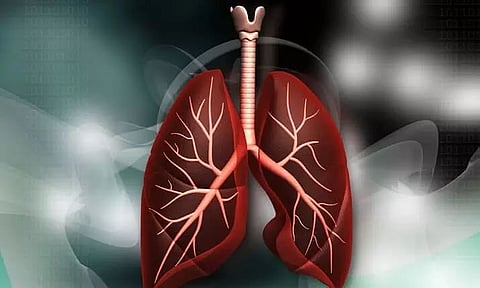
- Home
- Live Blog
- Breaking News
- Top Headlines
- Cities
- NE News
- Sentinel Media
- Sports
- Education
- Jobs

A team of scientists have for the first time discovered microplastics in live human lungs, a finding that indicates we are inhaling the dangerous substances without knowledge that can have a major impact on our respiratory health.
Micro-plastic pollution is one of the most crucial environmental issues in recent times. The latest finding comes after two major studies, published last month, showed the presence of microplastics in cosmetic products and in human bloodstream in detectable levels. While synthetic fibres have previously been found in lung tissue, there are limited studies confirming the presence of microplastics, and none as robust as this. The research led by a team from the University of Hull and Hull York Medical School found 39 microplastics in 11 of the 13 lung tissue samples tested, considerably higher than any previous laboratory tests. The study showed 11 microplastics were found in the upper part of the lung, seven in the mid part, and 21 in the lower part of the lung, which was an unexpected finding.
"Microplastics have previously been found in human cadaver autopsy samples, this is the first robust study to show microplastics in lungs from live people," said Laura Sadofsky, lead author on the paper published in the journal Science of the Total Environment. "We did not expect to find the highest number of particles in the lower regions of the lungs, or particles of the sizes we found. This is surprising as the airways are smaller in the lower parts of the lungs and we would have expected particles of these sizes to be filtered out or trapped before getting this deep into the lungs," she added.
Lung tissue was collected from surgical procedures carried out on patients who were still alive, as part of their routine medical care. It was then filtered to see what was present. Of the microplastics detected, there were 12 types, which have many uses and are commonly found in packaging, bottles, clothing, rope/twine, and many manufacturing processes. There were also considerably higher levels of microplastics in male patients compared to females.
"The characterization of types and levels of microplastics we have found can now inform realistic conditions for laboratory exposure experiments with the aim of determining health impacts," Sadofsky said. IANS
Also Read: 'Use Of Viagra May Lead To Blindness'
Also Watch: